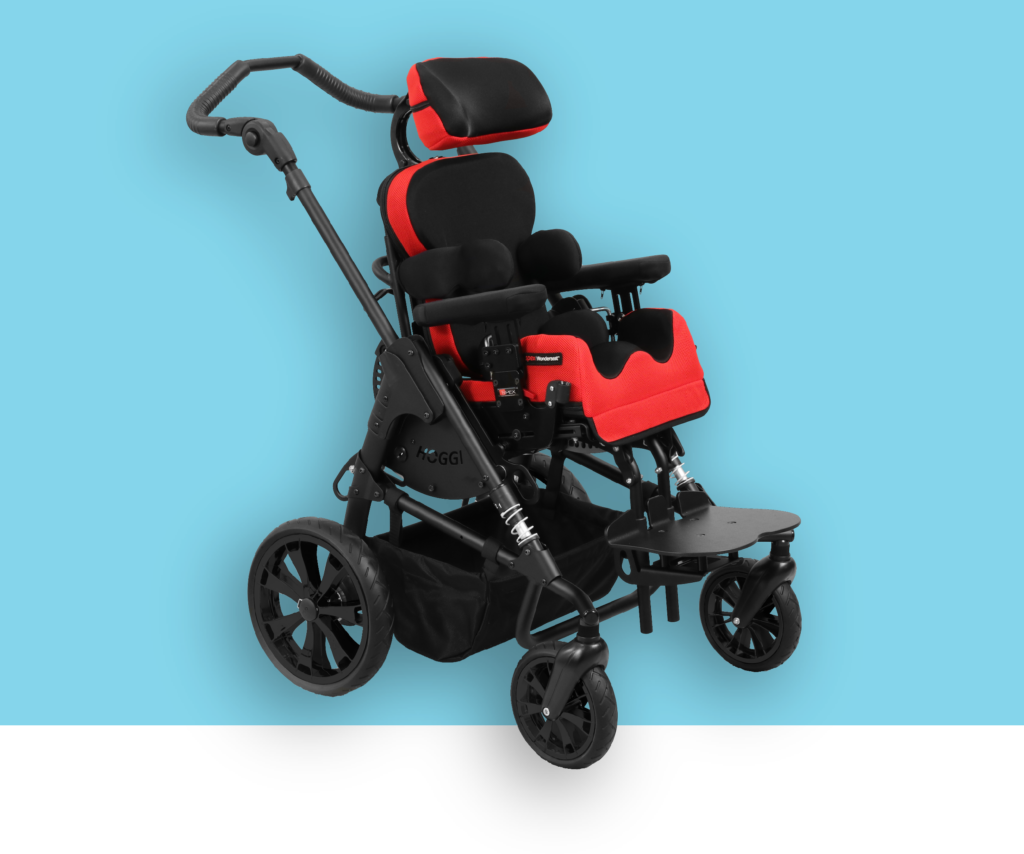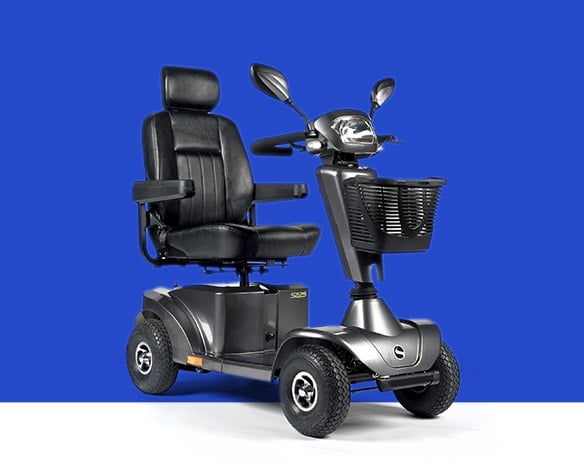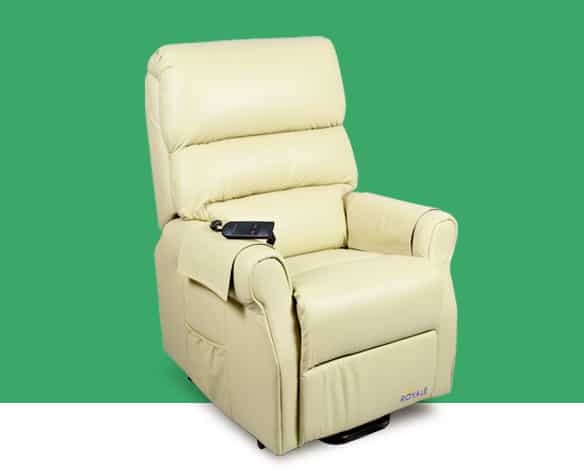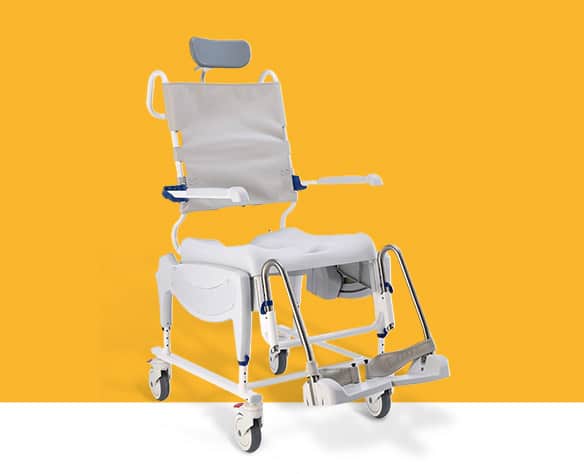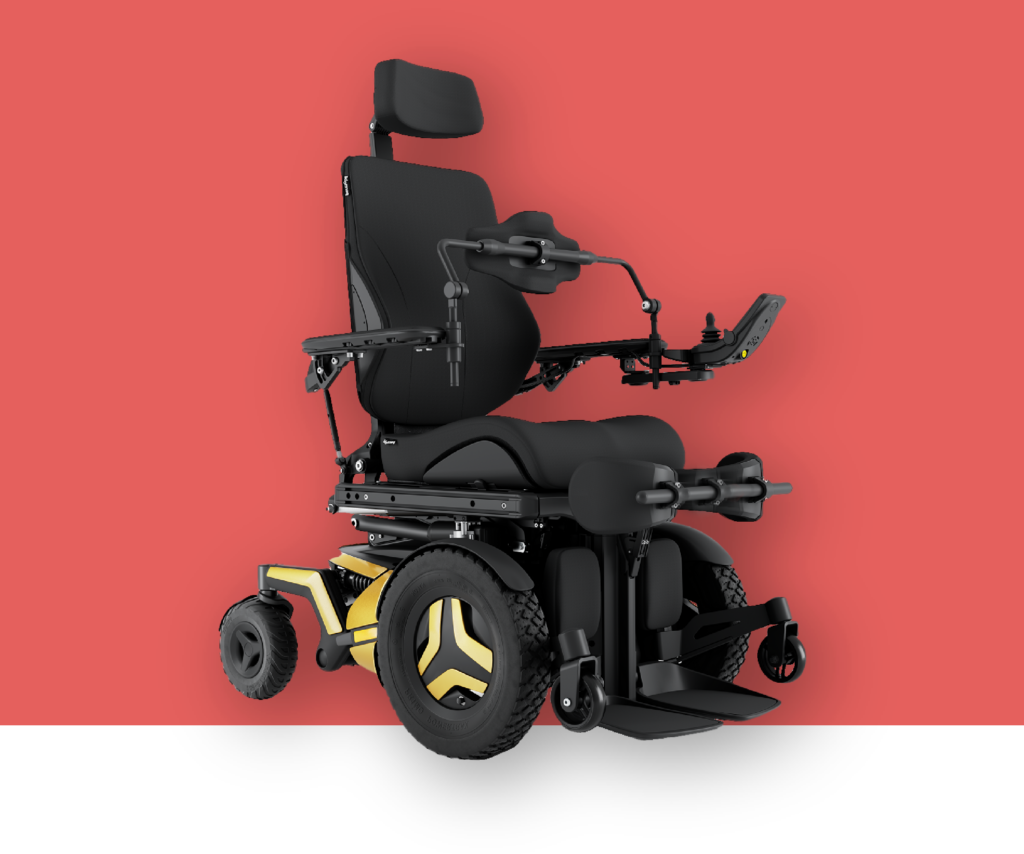Best price guaranteed**
If you find a lower price on one of our items, we’ll match it.
Price match guarantee**
Expert clinical services
Extensive showroom network
Price match guarantee**
Expert clinical services
Extensive showroom network
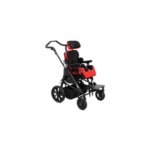
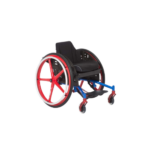
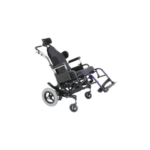
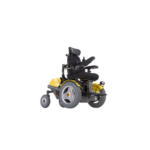
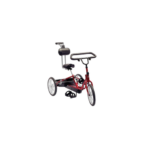
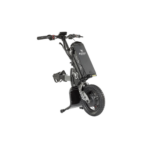
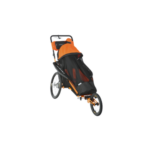
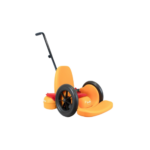
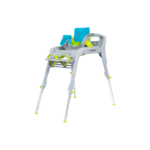
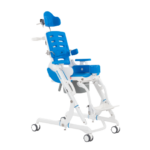
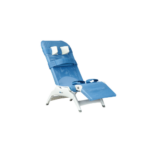
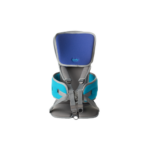
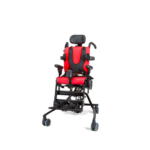
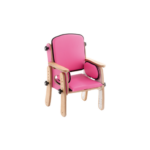

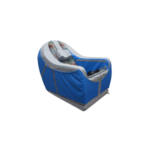
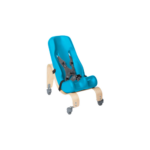

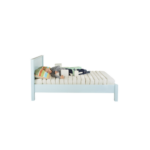
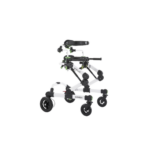
If you find a lower price on one of our items, we’ll match it.
Over 60 sites across Australia
Best after sales service
Expert clinical services
Secure payment system
Only the best brands
Wide product range
Best after sales service
Expert clinical services
Secure payment system
Only the best brands
Wide product range

What our customers are saying
Thank you for your time and expertise today, we really really appreciated it! Miss K seemed to tolerate the frame very well and lots of smiles, fine motor play, even a snack! It really is a great fit….
The knowledge, expertise and attention to detail is beyond what we have experienced from any other equipment supplier. ILS’ knowledgeable Occupational Therapist has been a great asset in acquiring, trialling, and successfully purchasing specialised equipme…
Thank you from the bottom of my heart for all you have done to help us get the Myway so quickly. One very happy and motivated girl. …
Email us with any questions or enquiries. We would be happy to answer your questions. We'll do everything we can to respond quickly.
Made up of more than 40 assistive technology professionals (ATPs), our clinical team are specialists in assistive technology and equipment prescription.
Independent Living Specialists is Australia's largest medical and homecare equipment supplier with over 60 showrooms across New South Wales, Victoria, Queensland and South Australia.


